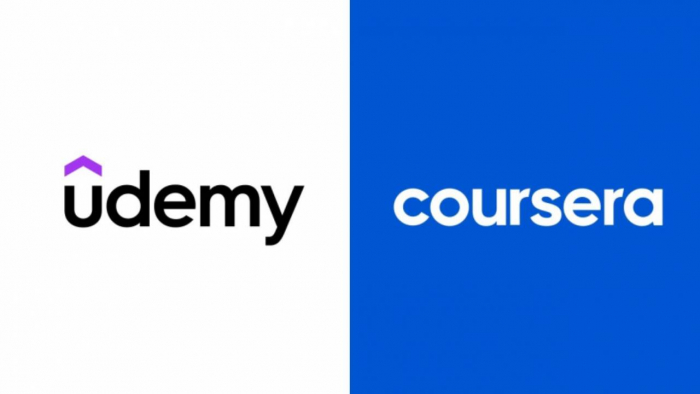Developing an IT solution is not only about code and technology, but above all about the consistent testing of a business idea. This is exactly why there is a step-by-step concept testing: from PoC (Proof of Concept) to a prototype and MVP (Minimum Viable Product). Each of these steps reduces risks, helps to focus on key functions, and makes informed investment decisions. Companies are increasingly looking for reliable outsourcing partners to perform tasks related to testing an idea and its implementation. The most popular areas for such cooperation are regions with a developed IT infrastructure and a high level of technical expertise — in particular, software development in Ukraine or Poland. Such cooperation allows you to quickly and effectively test an idea with minimal costs, attracting experienced specialists without the need to form an internal team.
How to Start Developing an IT Solution?

On the way from an idea to a successful launch on the market, any IT solution goes through stages of testing and refinement. During the process of checking the product concept, its viability, usability, and compliance with market needs are assessed. PoC, prototype, and MVP play a key role in reducing business risks.
The process begins with a proof of concept (PoC) to ensure that the idea is technically feasible. Then a prototype is developed, which allows usability to be assessed. Finally, a minimum viable product, or Minimum Viable Product (MVP), is created, which serves as a tool for testing market demand. The purpose of each stage is to ensure the feasibility of the project.
What Is PoC?
The first stage allows you to make an informed decision about continuing or terminating the project. PoC is a small test or demo version of a product designed to solve specific technical problems. Its main purpose is to assess the viability of the core technology, concept, or approach before proceeding with further development. PoC is also a great way to attract investors, clients, or technical talent.
Proof of concept precedes the creation of a prototype and MVP. The first stage lasts from several days to several weeks. The process is not iterative, because here it is only necessary to confirm or refute technical feasibility.
PoC in software development is a pilot version for testing technical elements, such as algorithms or system architecture. Proof of concept is used in many industries. By the way, this task can be outsourced, for example, to a company that specializes in software development with Ukrainian specialists.
How Does Prototyping Work in Software Development?
What is the difference between a prototype and an idea? It is not just a description of the future product, but a tangible model or simulation that helps to understand how it will look and function.
Software prototypes are created after the concept validation stage: they allow teams to refine the concept before full-scale development. This tool is used to visualize functions, collect feedback, and work through design iterations. UI/UX testing ensures that interactive elements and navigation meet user expectations. An interactive baseline version helps to identify usability issues and confirm requirements early in the development process.
Software prototyping helps to turn initial concepts into interactive models suitable for early product testing. This service includes:
- Interactive prototyping: creating clickable prototypes to test functionality and collect feedback.
- UX design: improving the user experience based on early data to ensure the usability and appeal of the product in the long term.
- Iterative improvements: quickly adjust the design in response to user feedback to meet market demands.
The difference between a PoC and a prototype is their purpose and scope. A proof of concept focuses on testing the feasibility of an idea and solving specific technical problems. A prototype is designed to test functionality and design: it’s a tangible model for visualizing the product, collecting user feedback, and refining features through iterative development.
What Is an MVP?
A minimum viable product helps businesses prioritize and focus on key functionality that meets user needs. An MVP is a basic version of the final product that includes only the main features of the software. This stage precedes full-scale development.
An MVP product is designed for testing on the market with real users, collecting feedback, and confirming demand.
Minimum viable products help companies avoid wasting resources on unnecessary features and collect valuable information from users, iterate and refine features in accordance with market needs.
An important difference between MVP and PoC is the difference in their purpose, scale, and, of course, objectives.
An MVP is focused on the market viability of the product. With its help, the company will find out whether the main features of the product can solve the problems of real users. An MVP is launched to collect feedback and test demand before significant investments. The main tasks of an MVP are to generate interest in the market and demonstrate value to users.
A proof of concept focuses on whether a specific problem can be solved or an assumption can be validated. It is not a fully functional product, but a small experimental model designed to prove the technical feasibility of implementing an idea. A PoC helps determine whether a concept can be implemented, while an MVP answers the question of whether it is worth implementing.
Conclusion
Launching on a small scale is the most effective way to develop an IT solution that will be well-received by the market. Each stage solves specific problems, requires different investment volumes and levels of stakeholder involvement, forming a comprehensive roadmap for successful product development. At the prototype or MVP stage, it is especially advisable to contact companies that specialize in software development outsourcing. One of the leading regions in this area is software development in Poland or Ukraine, where experienced teams with a high level of technical expertise and competitive prices are located. A striking example of such a company is N-iX — a reliable IT partner with impressive experience.
Post Comment
Be the first to post comment!





